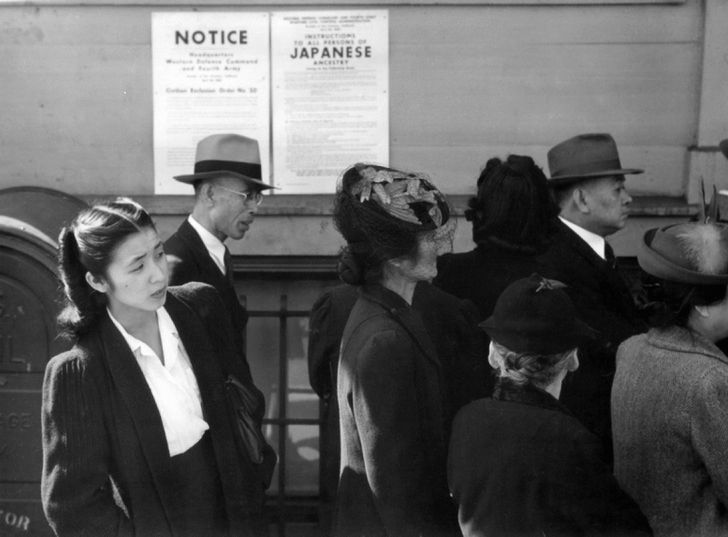A risk register is a common planning tool used by companies and organizations to manage their projects by identifying risks early in the process. How do you tell if you require one? Not every project needs one, but some do better with it.
When you have many projects, it can be hard to keep track of the risks involved and where they sit within your organization. A risk register is a useful tool that allows you to categorize and track your risks on a daily basis. The main aim of this article is to explain what your risk register should contain, how it could help you with your business, and how it could eventually save you money.
Why Do We Need Risk Registers?
When it comes to project management, a risk register is a valuable tool that helps you identify, analyze and quantify risks for your projects.
The main objective of creating a risk register is to underline potential risks identified during the business planning phase and quantify their potential impact on the current project's success.
It helps you to understand how your organization is affected by these risks so that you can take steps to mitigate them or accept them as part of your project. You may also want to use risk registers for other reasons, such as:
●You can make sure that all possible risks are identified, including those you might have overlooked.
●It allows you to assess the impact of each risk on your project's objectives and understand the potential consequences if things don't go according to plan.
●It helps you prioritize those risks that need immediate attention from your team.
What Do You Include in a Risk Register?
The goal of a risk register is to identify risks early in the project so that they can be managed before they become problems.
The first step in creating a risk register is to list all potential risks that may affect your project. Once you've identified those risks, you can decide whether or not it's worth creating a formal risk register for them. If not, you don't need to worry about them—you can simply continue planning as usual.
Once you've decided that creating a formal risk register is necessary, you should make sure it's accurate and well-defined. You should also consider asking other people involved with your project for their opinions on each risk listed so that everyone involved will have a clear idea of how serious each one actually is.
When creating your risk register, make sure it includes information like:
●What is the likelihood that this risk will occur?
●How much damage would occur if it did happen (and what would happen next)?
●What action should be taken to address or mitigate it?
How to Use Your Risk Register
A risk register aims to help you identify, understand, and mitigate project-related risks. By recording risks in a table format, you can easily see how they relate to one another and what needs to be done to mitigate them.
Here are three ways to use a risk register for your project:
Prioritize Your Risks
First, go through all of your risks, and rank them in order of priority. Be sure that you're taking into account all of the different factors involved with each risk so you can ensure that it's properly prioritized.
Track Progress
Next, use the risk register to track progress on each risk throughout the course of your project. You can keep track of:
●when each risk was created and by whom;
●how many times it has been revised;
●any major changes made to it from its first iteration through its current iteration;
●what resources have been allocated to it; and
●any major problems or issues encountered with it.
Ensure Proper Communication
Finally, use this tool as a way for team members who aren't directly involved in managing the project's risks (such as business stakeholders) to stay informed about what's going on with their particular area of responsibility regarding those risks by checking in periodically during the project's lifecycle.
This will help ensure that everyone is on the same page when it comes to risk management and can make sure that there aren't any major misunderstandings or gaps in communication between team members.
Risk Register Templates
Risk registers are a great way to keep track of the risks associated with your projects. By making a risk register, you can gain insight into the level of risk for each project and identify any issues that need to be addressed.
A risk register template can streamline this process for you. With this document, you can perform the following things:
1. Allocate risks to the appropriate project-related categories.
2. Determine how many risks are present in your project and categorize them as either high, medium, or low risk.
3. Record the risk category for each risk on the risk register template provided by the project management software you're using.
4. Add any additional information about each risk as needed for your particular situation (for example, if you want to add an executive summary of a risk).
Get started using the following templates to help you create a risk register:
●General Risk Register Template
●Project Risk Register Template
Build a More Robust Business
The truth is that businesses run on risk. All businesses take risks in every aspect of their operation, from the way they market themselves to the products or services they offer and even the way they organize their projects.
The goal of a risk register isn’t to confront or eliminate risk in all its forms. Rather, you can use this tool to help you address it and move your project forward with a new level of awareness about what could go wrong.



 women in street dancing
Photo by
women in street dancing
Photo by  man and woman standing in front of louver door
Photo by
man and woman standing in front of louver door
Photo by  man in black t-shirt holding coca cola bottle
Photo by
man in black t-shirt holding coca cola bottle
Photo by  red and white coca cola signage
Photo by
red and white coca cola signage
Photo by  man holding luggage photo
Photo by
man holding luggage photo
Photo by  topless boy in blue denim jeans riding red bicycle during daytime
Photo by
topless boy in blue denim jeans riding red bicycle during daytime
Photo by  trust spelled with wooden letter blocks on a table
Photo by
trust spelled with wooden letter blocks on a table
Photo by  Everyone is Welcome signage
Photo by
Everyone is Welcome signage
Photo by  man with cap and background with red and pink wall l
Photo by
man with cap and background with red and pink wall l
Photo by  difficult roads lead to beautiful destinations desk decor
Photo by
difficult roads lead to beautiful destinations desk decor
Photo by  photography of woman pointing her finger near an man
Photo by
photography of woman pointing her finger near an man
Photo by  closeup photography of woman smiling
Photo by
closeup photography of woman smiling
Photo by  a man doing a trick on a skateboard
Photo by
a man doing a trick on a skateboard
Photo by  two men
two men  running man on bridge
Photo by
running man on bridge
Photo by  orange white and black bag
Photo by
orange white and black bag
Photo by  girl sitting on gray rocks
Photo by
girl sitting on gray rocks
Photo by  assorted-color painted wall with painting materials
Photo by
assorted-color painted wall with painting materials
Photo by  three women sitting on brown wooden bench
Photo by
three women sitting on brown wooden bench
Photo by 
 Photo by
Photo by  Photo by
Photo by  Photo by
Photo by  Photo by
Photo by 


 people sitting on chair in front of computer
people sitting on chair in front of computer



 all stars lol GIF by Lifetime
all stars lol GIF by Lifetime two women talking while looking at laptop computerPhoto by
two women talking while looking at laptop computerPhoto by  shallow focus photography of two boys doing wacky facesPhoto by
shallow focus photography of two boys doing wacky facesPhoto by  happy birthday balloons with happy birthday textPhoto by
happy birthday balloons with happy birthday textPhoto by  itty-bitty living space." | The Genie shows Aladdin how… | Flickr
itty-bitty living space." | The Genie shows Aladdin how… | Flickr shallow focus photography of dog and catPhoto by
shallow focus photography of dog and catPhoto by  yellow Volkswagen van on roadPhoto by
yellow Volkswagen van on roadPhoto by  orange i have a crush on you neon light signagePhoto by
orange i have a crush on you neon light signagePhoto by  5 Tattoos Artist That Will Make You Want A Tattoo
5 Tattoos Artist That Will Make You Want A Tattoo woman biting pencil while sitting on chair in front of computer during daytimePhoto by
woman biting pencil while sitting on chair in front of computer during daytimePhoto by  a scrabbled wooden block spelling the word prizePhoto by
a scrabbled wooden block spelling the word prizePhoto by 
 StableDiffusion
StableDiffusion
 StableDiffusion
StableDiffusion
 StableDiffusion
StableDiffusion





